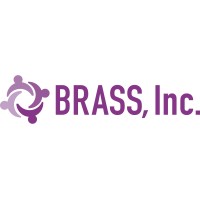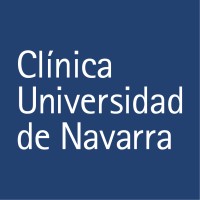
Barren River Area Safe Space, Inc. (BRASS)
Barren River Area Safe Space is the regional domestic violence shelter & program serving the BRADD region of southcentral, Kentucky. The mission of the Barren River Area Safe Space, Inc. is to provide safety and support to victims of domestic violence and their children and empower them with opportunities that lead them to self-sufficiency. We educate our community about domestic violence to help identify and spark change, and we advocate to protect the rights of individuals so everyone in our community can be free from abuse.






